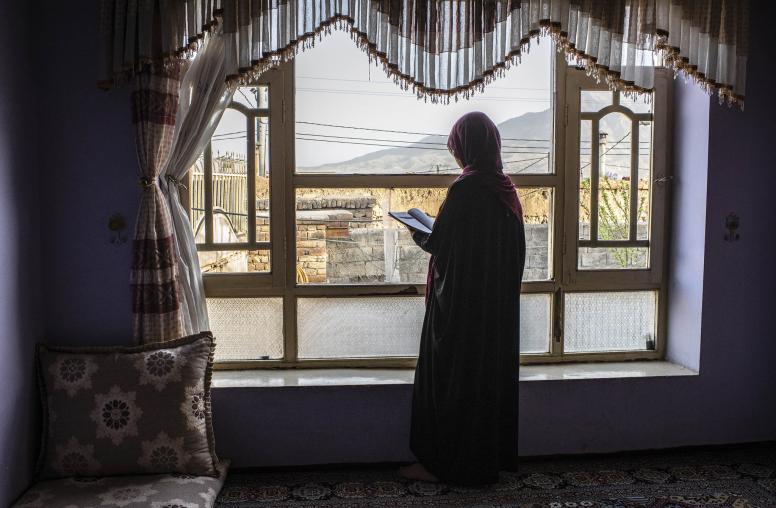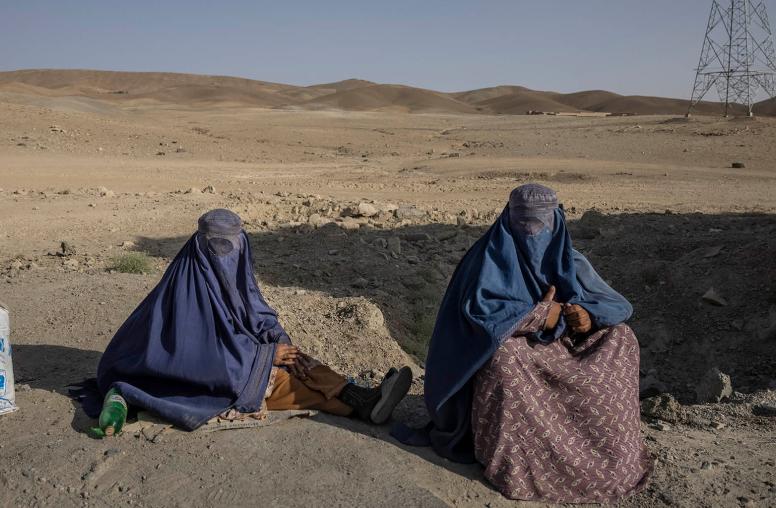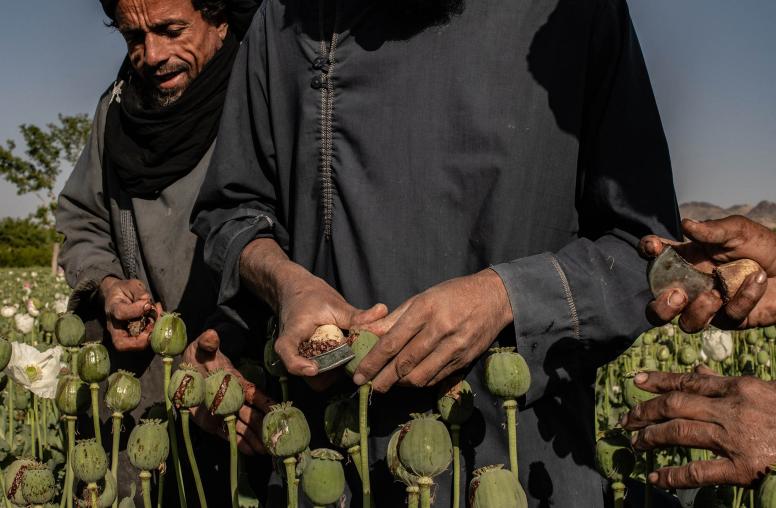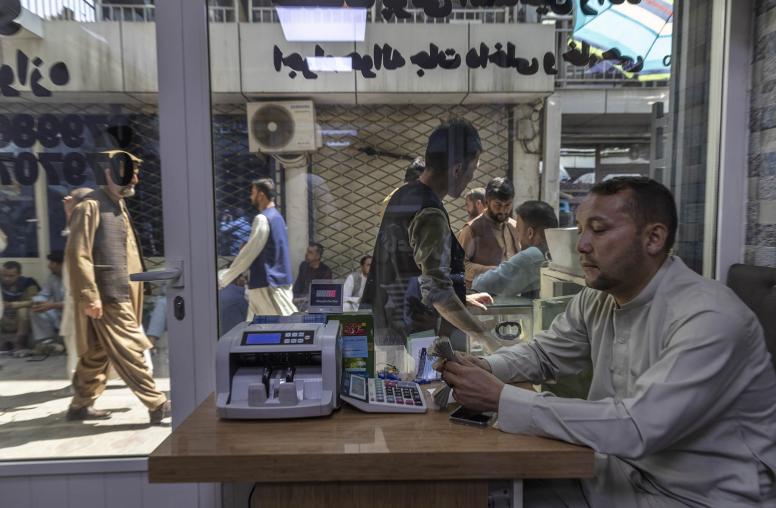Humanitarianism in Crisis
The militarization and politicization of humanitarian efforts have led to diminishing effectiveness on the ground and greater dangers for humanitarian workers, leaving humanitarian action in a state of crisis.

Summary
- With the end of the Cold War, internal conflicts targeting civilian populations proliferated. As international political institutions struggled to figure out how to deal with these conflicts, humanitarian action often became a substitute for decisive political action or, more worryingly, was subsumed under a political and military agenda.
- The increasing militarization and politicization of humanitarian efforts have led to growing ineffectiveness of humanitarian action on the ground and greater dangers for humanitarian workers. Without a vigorous restatement of the principles of humanitarianism, humanitarian action will remain in a state of crisis and continue to be a selective tool for the powerful and hence fail in its global mission of protecting and restoring the dignity of human life.
- There are six main causes of the humanitarian crisis, which first began to manifest itself in the former Yugoslavia and Kosovo and later in Afghanistan and Iraq. These causes are principally structural and operational in nature.
- The new post–Cold War types of conflict have thrown humanitarian workers and organizations into the middle of conflicts, with a constant risk of being perceived as taking sides.
- Many humanitarian agencies and their donors too easily and uncritically accept the conditions for involvement set by the military in those increasingly frequent operations where security forces are part of the integrated response to a crisis. This problem is aggravated by the fact that key military forces often come from the countries that are also donors to the humanitarian organizations.
- As recent events in the Arab world demonstrate, there can be no stability if human security is not protected. The main protection responsibility is the legal protection of the displaced and refugees. Today, humanitarian staff is often obliged to provide physical protection and assistance in the midst of conflict zones.
- There are far too many humanitarian organizations present in new and major emergencies. For example, in the aftermath of the 2010 earthquake in Haiti, there were more than nine hundred international nongovernmental organizations (NGOs) on the ground.
- Although there has been considerable improvement in the coordination among humanitarian agencies, a continued lack of coherence among political, security, development, humanitarian, and human rights agencies continues to pose serious problems.
- In too many operations, the presence of a noticeable number of humanitarian NGOs from the North and the West give weight to the perception in many countries in the South that humanitarian operations are an integral part of a political strategy to maintain and increase the power and dominance of the North and West.
- The challenges confronting humanitarian action have no easy answers. To begin to address the crisis, the international community should pay more attention to conflict prevention to minimize human costs and to mitigate the need for humanitarian action. Militaries should be trained in how to respect humanitarian principles in their operations, and humanitarian organizations should be proactive in maintaining impartiality and independence of action.
About the Report
The militarization and politicization of humanitarian efforts have led to diminishing effectiveness on the ground and greater dangers for humanitarian workers, leaving humanitarian action in a state of crisis. Without a vigorous restatement of the principles of humanitarianism and a concerted effort by the international community to address the causes of this crisis, humanitarian action will, as this report concludes, progressively become a tool selectively used by the powerful and possibly fail in its global mission of protecting and restoring the dignity of human life.
About the Author
Søren Jessen-Petersen is a former assistant high commissioner for refugees in the office of the UN High Commissioner for Refugees (UNHCR) and UN special representative for Kosovo. He has served UNHCR in Africa and the Balkans as well as at its headquarters in Geneva and New York. He is currently teaching migration and security at the School of Foreign Service, Georgetown University, and at the School of Advanced International Studies, Johns Hopkins University. He was a Jennings Randolph guest scholar at the United States Institute of Peace from November 2006 to June 2009.



